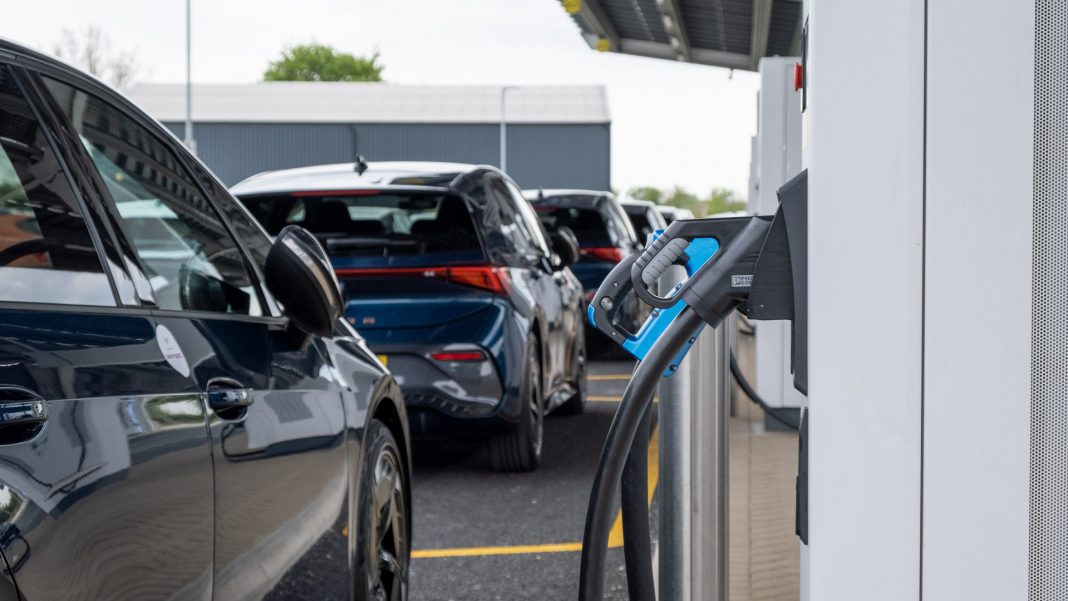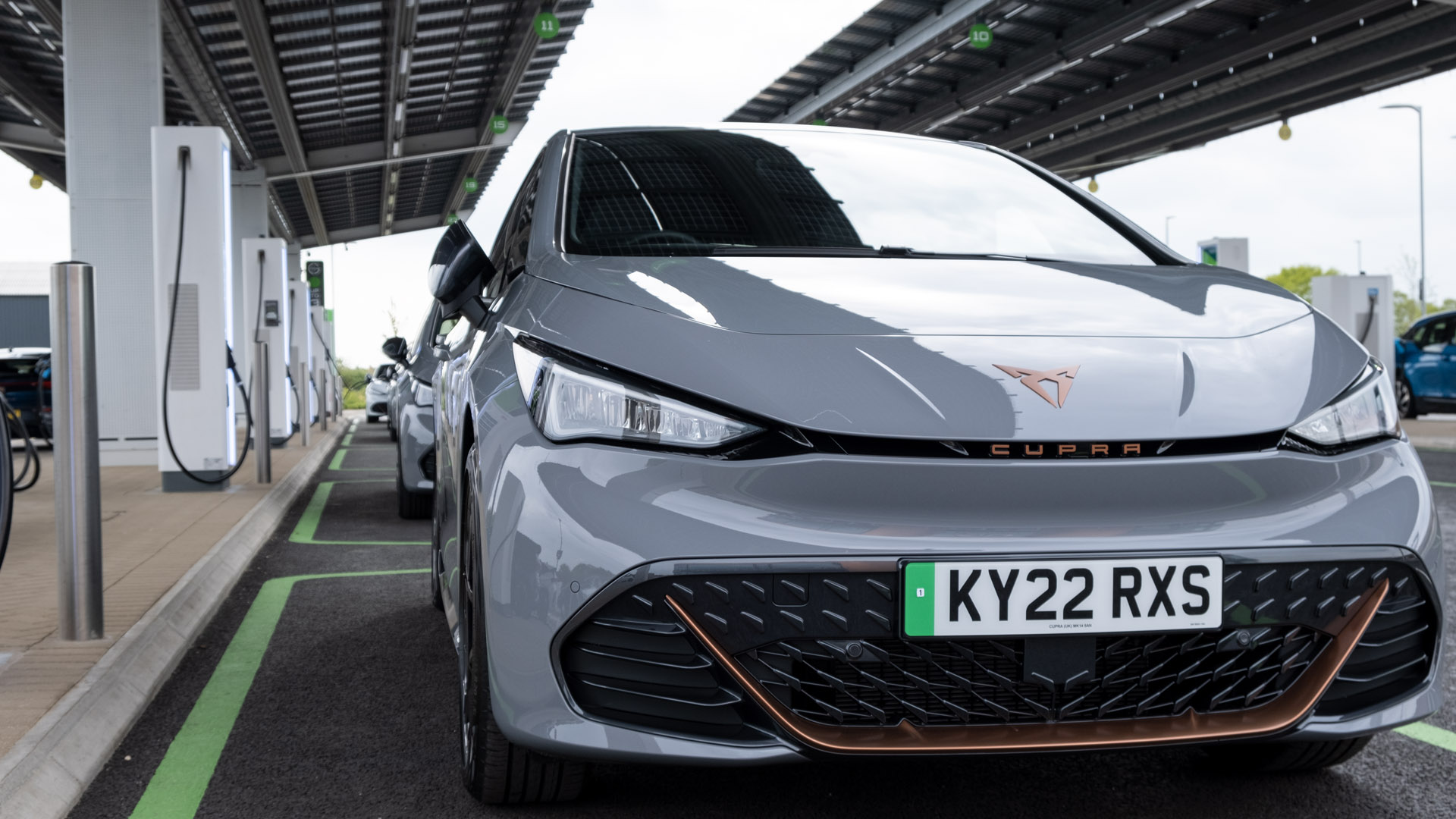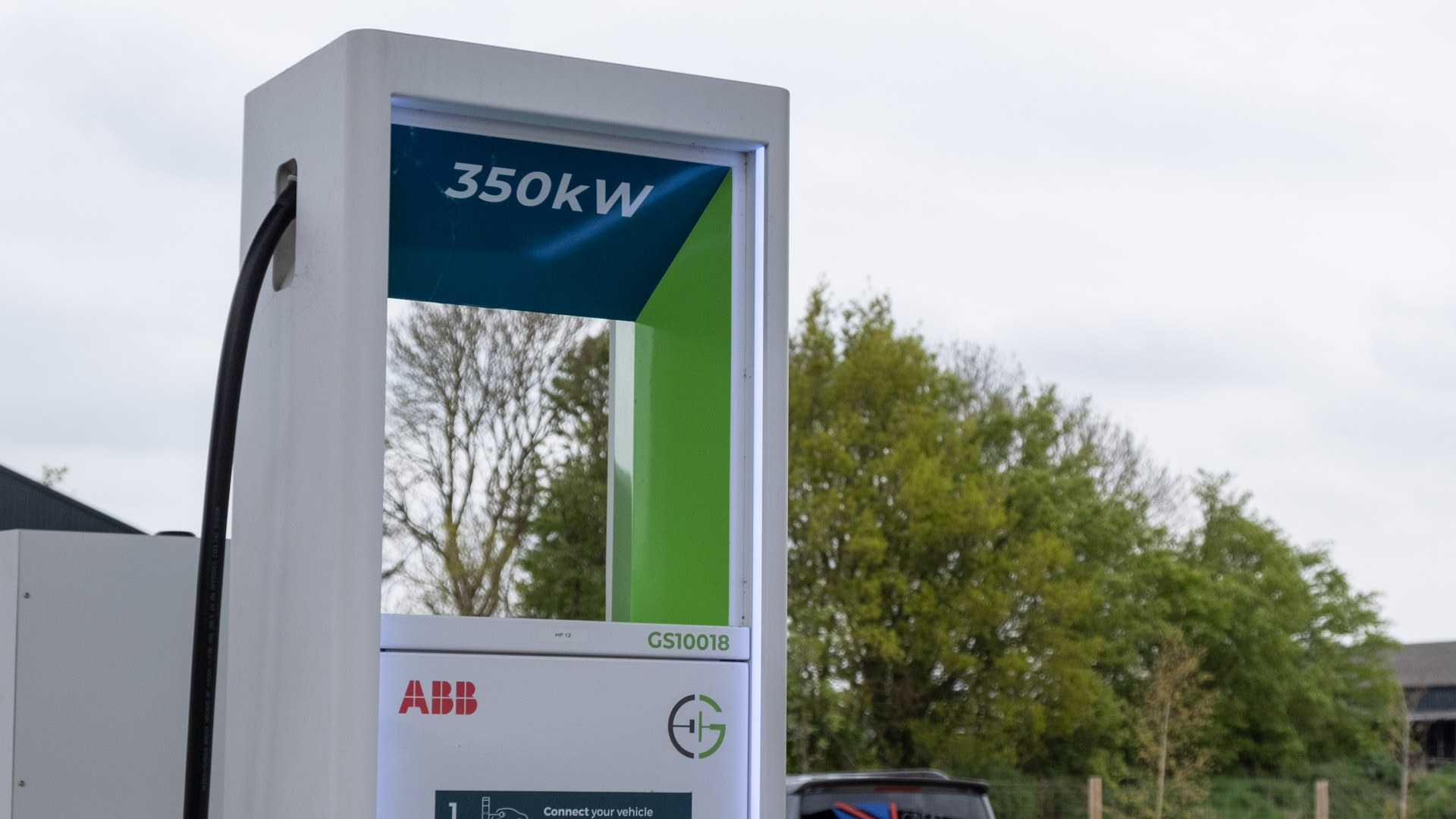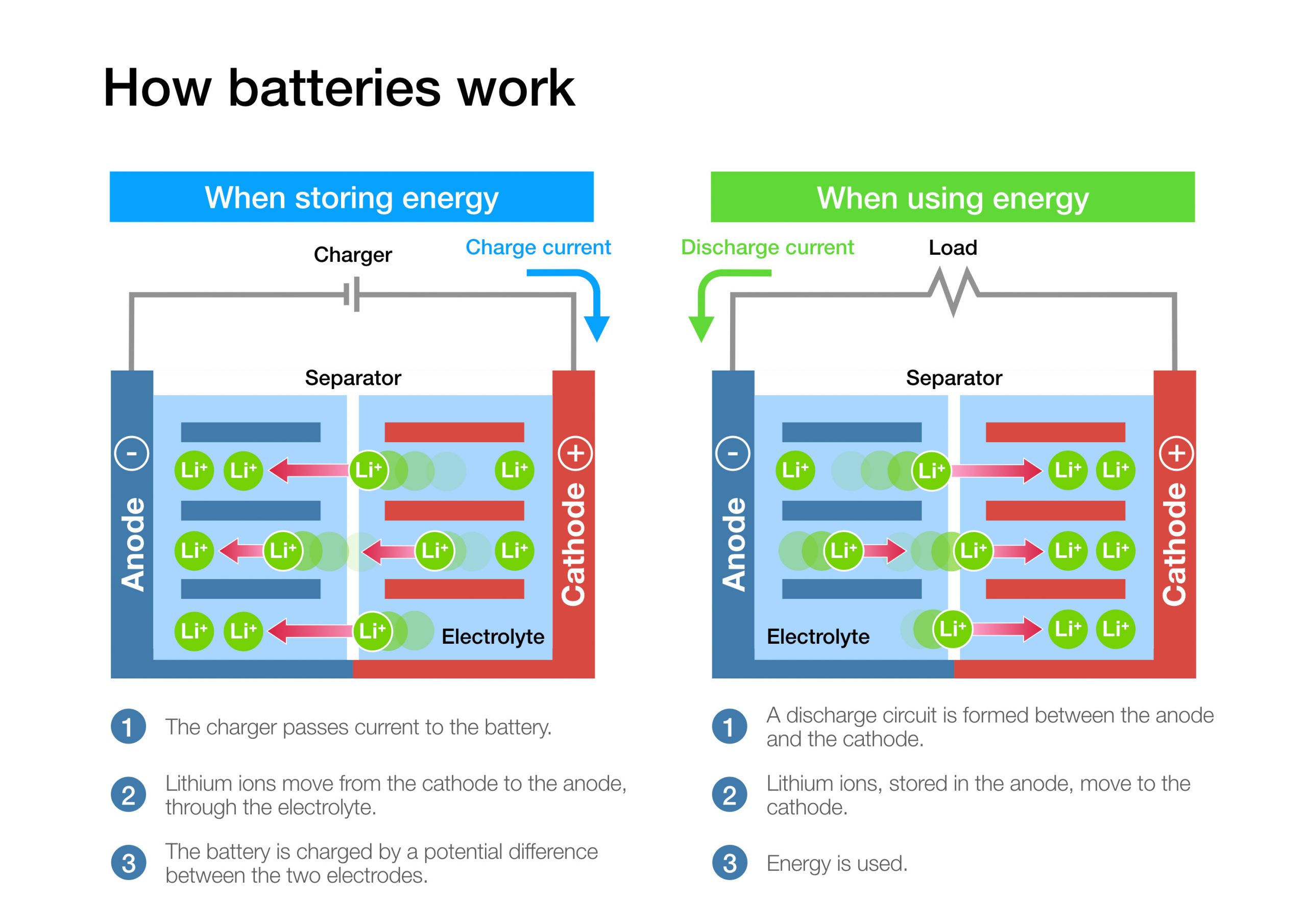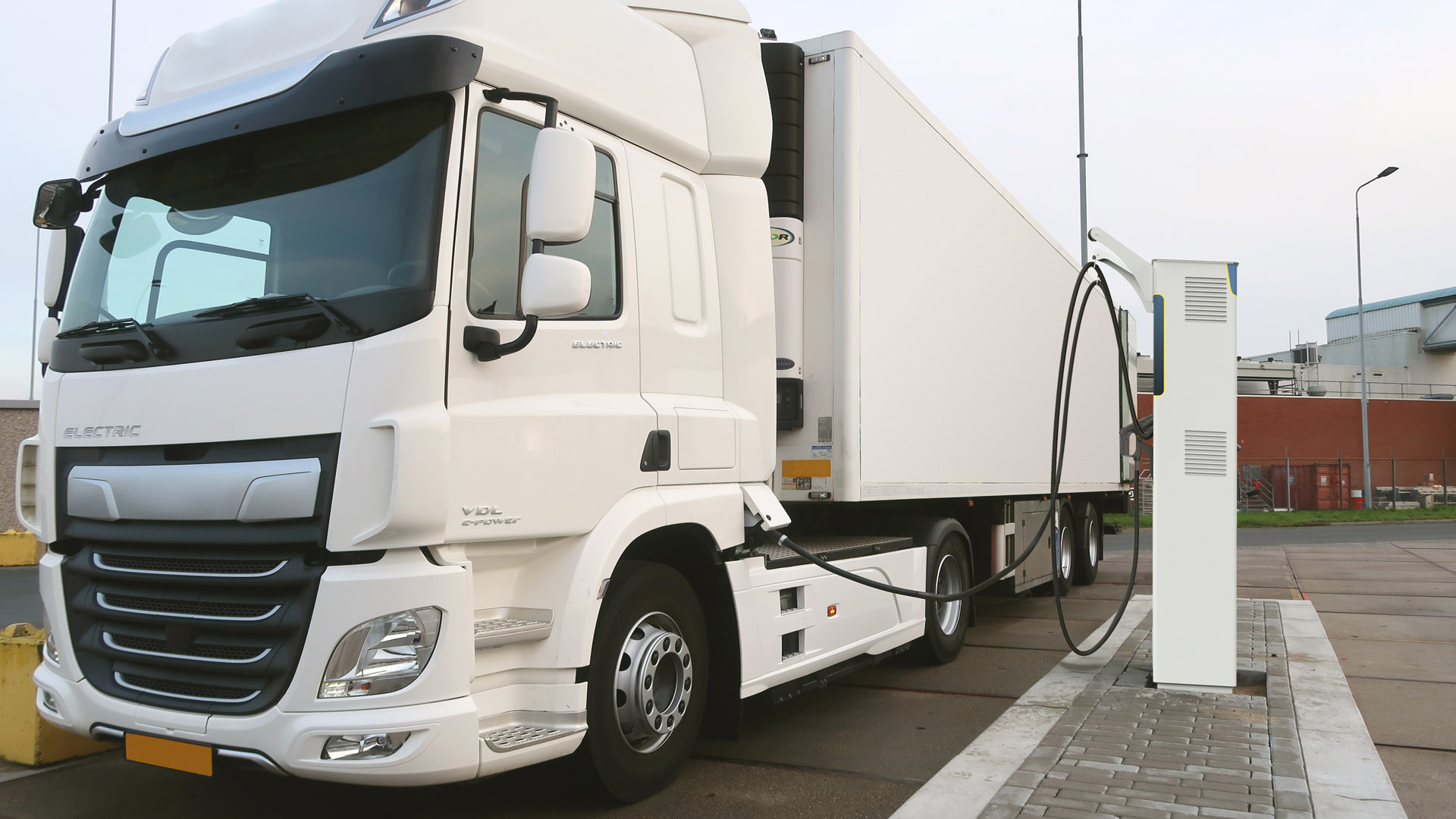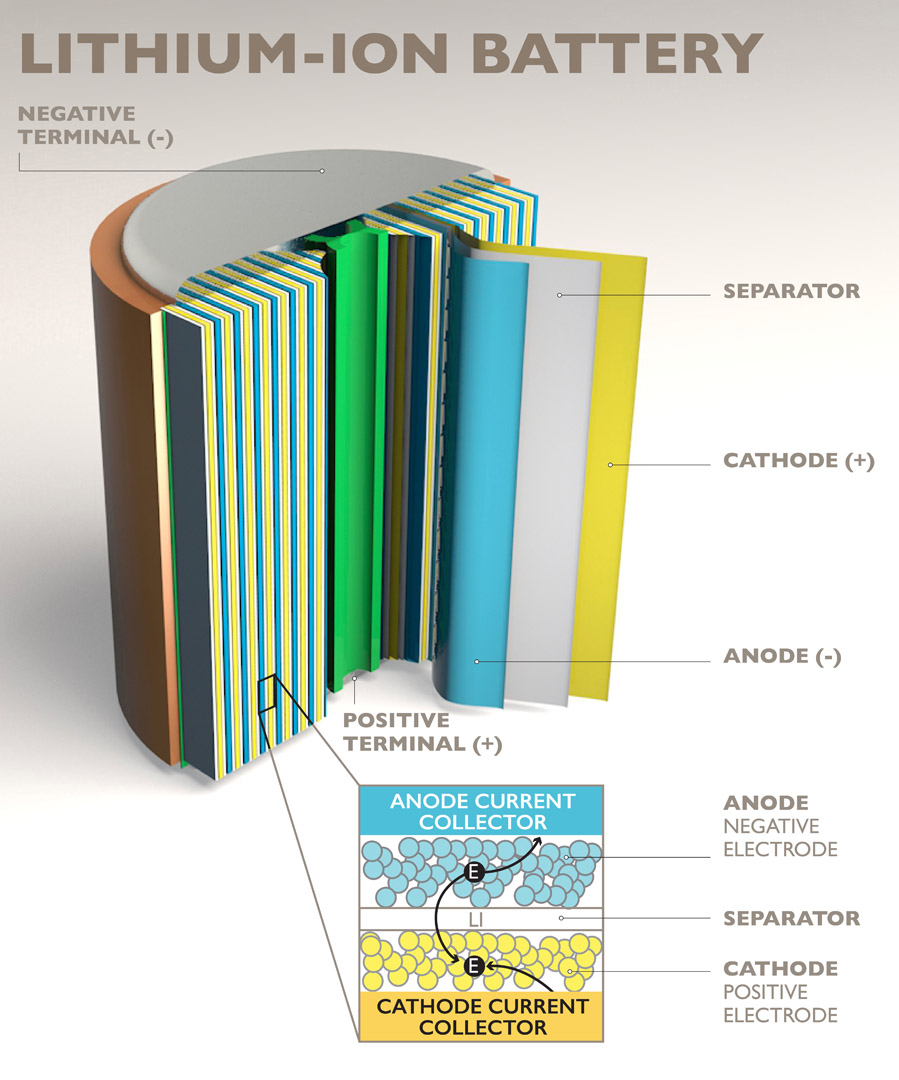Concerns about climate change and air pollution, as well as government policies and incentives encouraging cleaner vehicles, have increased global demand for electric vehicles (EVs). But making EVs requires a limited number of raw materials, like lithium, cobalt, graphite, and nickel, among other rare earth metals, which are used to make batteries, electric motors, and other components.
The demand for EVs is growing considerably faster than the availability of these scarce raw resources. For example, lithium, a key component in lithium-ion batteries used in electric vehicles, is a limited resource that comes mostly from a few countries like Chile, Argentina, and Australia. The world’s demand for lithium is expected to rise dramatically over the next few decades as more countries intend to phase out internal combustion engines in favour of electric vehicles.
Furthermore, the extraction of some of these limited, basic minerals can have a substantial impact on society and the environment. Mining for rare earth metals, for example, can cause land and water contamination, while oil and gas production can cause habitat devastation and greenhouse gas emissions.
The current supply chain for these limited raw materials can also be disrupted by things like geopolitical conflicts, natural disasters, and other issues that can affect how these materials are made and moved. This illustrates the importance of procuring these raw materials sustainably and responsibly and the need to put money into research and development of new battery technologies that use more common materials and have a gentler impact on the environment. It is imperative to consider alternative materials and sustainable production methods to reduce these negative impacts.
Read next: Cupra Born review: Better than the VW ID.3?
Understanding the supply chain challenges in meeting EV demand
In comparison to the traditional automotive supply chain, which has been in operation for decades, the supply chain for EV batteries is relatively young and issue-prone. It has suffered from price hikes from suppliers of raw materials, extended lead times, and factories running at full capacity. These pressures can be alleviated, to some extent, by investments in acquiring battery materials, but, as with semiconductors, the time required to build a new extraction site for something like lithium is significant and will not quickly solve declining supply difficulties.
The growing demand for EVs has caused the auto industry’s supply chain to face several challenges. EV battery developers must consider the supply of existing batteries on the market, the availability of raw materials, infrastructure, logistics, a skilled workforce, meeting regulations, and coordination across the supply chain. To meet the growing demand for EVs, the automotive industry needs to invest in training and developing these skills and collaborate with manufacturers, suppliers, and government agencies. If the EV industry is serious about being environmentally and socially responsible, it needs to explore innovative solutions and adopt sustainable and ethical procurement processes for the raw materials it uses in its manufacture.
Read next: The best dash cams to mount inside your vehicle
Exploring innovative solutions to overcome raw material shortages
Scientists are actively looking into ways to strengthen the reliability and sustainability of the EV supply chain. Each material used to make EV batteries have pros and cons when it comes to cost, availability, effect on the environment, and performance. One of the most important raw materials for EV production is the lithium used in lithium-ion batteries. The advantages of lithium-ion batteries include high energy density, a low self-discharge rate, a long cycle life, and a wide range of cell sizes and shapes available.
Additionally, lithium-ion batteries have a good safety record. However, the disadvantages of lithium-ion batteries include their high cost, limited availability of raw materials, like lithium and cobalt, along with environmental concerns associated with the mining of the raw materials and the disposal of the batteries.
Buy a car phone mount on Amazon (Affiliate)
Other raw materials used in EV production are copper, nickel, and aluminium. Both copper and nickel are abundant, recyclable, and conduct electricity and heat well. While nickel has high energy, copper is heavy and corrosive, which might influence EV weight and performance. EV manufacturing also requires aluminium. Aluminum’s weakness limits its use in various components. Aluminium production requires energy. Like most finite raw materials, one of their major disadvantages includes environmental concerns associated with mining and processing and the reputation of nickel-cadmium batteries for being less safe than lithium-ion batteries.
Recycling and reusing old battery components are one solution to the limited supply of raw materials in the shift from combustion engines to EVs. The production of EVs requires a significant amount of raw materials, and many of these materials are finite and have a high environmental cost associated with their extraction and processing. By recycling and reusing these materials, the need for new raw materials can be reduced. This lowers the cost of production and the damage to the environment. Furthermore, recycling and reusing materials also conserve energy and reduce greenhouse gas emissions associated with the extraction, transportation, and processing of new raw materials. This helps to mitigate climate change and its impacts on the environment.
Innovation surrounding the extraction of raw materials from recycling and reusing existing batteries plays a major role in the global energy transition, but it will also benefit the economy. Recycling creates new jobs in the recycling industry and reduces the reliance on foreign sources of raw materials. Moreover, recycling can provide a more stable supply of raw materials, reducing price volatility and increasing the security of the supply chain. Overall, recycling and reusing resources can be a big part of the move to a more sustainable energy system, especially in the production of EVs. Therefore, incorporating recycling into the production process of EVs can lead to a more environmentally friendly and sustainable approach.
Read next: Tesla Model 3 review (2021 facelift): Should you buy into the hype?
Innovation and technology adoption is necessary to overcome limited raw material availability
Due to limited raw material availability, innovation, and technology adoption, it is necessary to overcome limitations and ensure a sustainable future for EVs. Researchers are looking into different cathode materials, like iron-based compounds, which could replace cobalt in lithium-ion batteries, and wet chemistry to improve the performance of EV batteries. Also, battery management systems can improve how well batteries charge and discharge, which saves energy and makes the most of the available raw materials. These innovations are crucial to making electric vehicles more sustainable and efficient, as they increase the battery’s lifespan and reduce their environmental impact. With further advancements in battery technology, we can accelerate the transition to a cleaner and greener transportation system.
The EV battery industry needs a comprehensive plan that considers resource efficiency, diversification of sources, sustainable extraction and production, and collaboration and partnerships. Exploring new recycling technologies to recover valuable metals from spent batteries and reduce the need for primary raw material extraction is currently the most sought-after research industry that scientists are trying to perfect. But solid-state batteries, lithium-sulfur batteries, zinc-air batteries, and silicon anode batteries are also interesting developments in EV batteries. Even if there aren’t enough raw materials, these strategies currently being developed aim to help keep or improve battery performance, safety, and sustainability, playing a significant role in shaping the future of the industry as a whole.
Reax next: MG4 EV review: The best value EV to date
In addition to big-picture efforts to address the supply issue, another focus in the industry has been on achieving better battery performance through judicious material selection. As it is, the materials chosen for any battery are chosen in such a way as to meet very specific specifications that are set by the OEM and intended for very particular markets. Complementing this process have been R&D and early-stage technology efforts to find better and better materials. Because of the importance of the contribution of the cathode to the overall battery performance, most research efforts have focused on the cathode, while the graphite anode has been treated as a commodity. However, to truly optimize lithium-ion batteries for the best performance possible, all parts of the battery need to be addressed. In particular, the addition of small amounts of silicon to graphite anodes has shown promise in increasing charge capacity, demonstrating one way to get better performance from a lithium-ion battery.
The Coretec Group is one company focusing on the use of silicon in the development of EV batteries. Graphite has traditionally been used as the anode material in lithium-ion batteries that power EVs. Silicon is getting much attention in the EV battery R&D community because of the 10X increase in theoretical charge capacity over graphite. Additionally, when used in a nanoparticle form, silicon material in the anode can also overcome the profound volume expansion and contraction issues typical of bulk silicon, as well as contribute to faster charging.
Read next: BMW i4 review: Is the i4 eDrive40 better than the i4 M50?
Dr. Michelle Tokarz, VP of Partnerships & Development, oversees a group of scientists that are developing silicon anodes for lithium-ion batteries shared with TotallyEV that “even though silicon has such promise, its commercial use in lithium-ion batteries has been slow due to unforeseen difficulties with the formation of Solid Electrolyte Interphase (SEI) layers that are a direct result of the extreme expansion and contraction typical of silicon. Additionally, even when nanostructured silicon is used, it often comes at the cost of a loss of cycle life.”
The Coretec Group’s team of scientists has been diligently working on demonstrating a form of silicon active material that will directly address charge capacity and rapid capacity fading during cycling. They are focused on developing silicon anodes through the use of different battery chemistries and unique approach in the SEI layer.
How important is the production of more sustainable batteries to you? Let us know in the comments section below or via social media; we’re on: YouTube, Instagram, Facebook, Twitter and LinkedIn.

